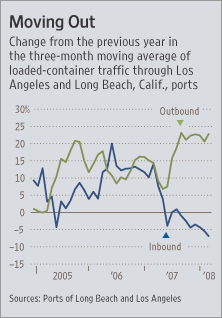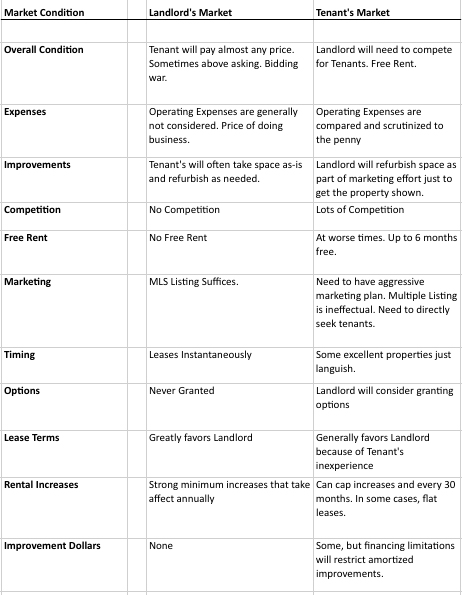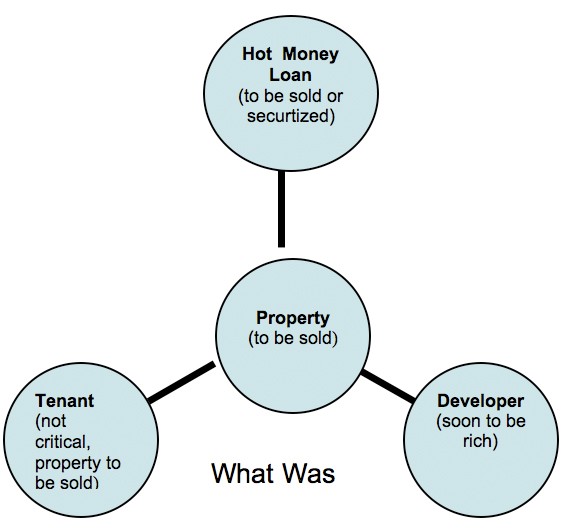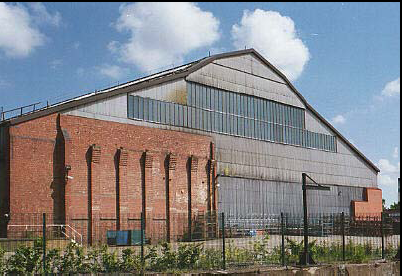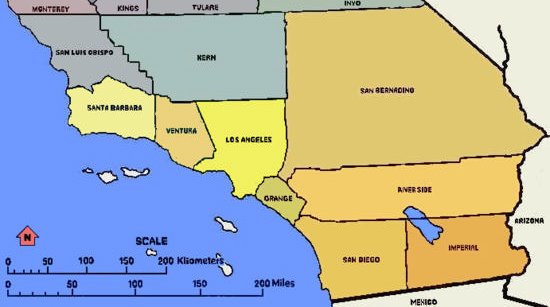Industrial Property Recession
Industrial property in Los Angeles is suffering for three major reasons. Poor business conditions, an unfavorable societal environment, and a credit freeze. As these trends continue, business will be conducted under recessionary circumstances. Meanwhile, new attention will be drawn to overcoming the current malaise by innovations in financing, industries, investors, and deal structures. Until then, it’s simple. Owners will drop their prices.


